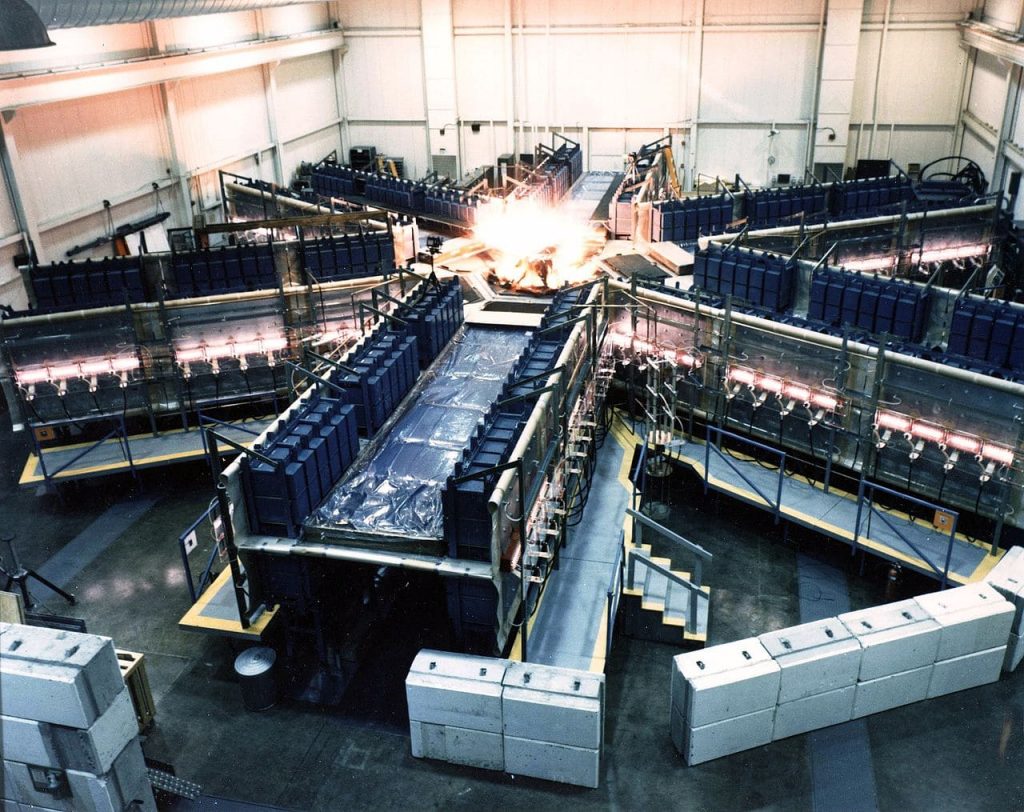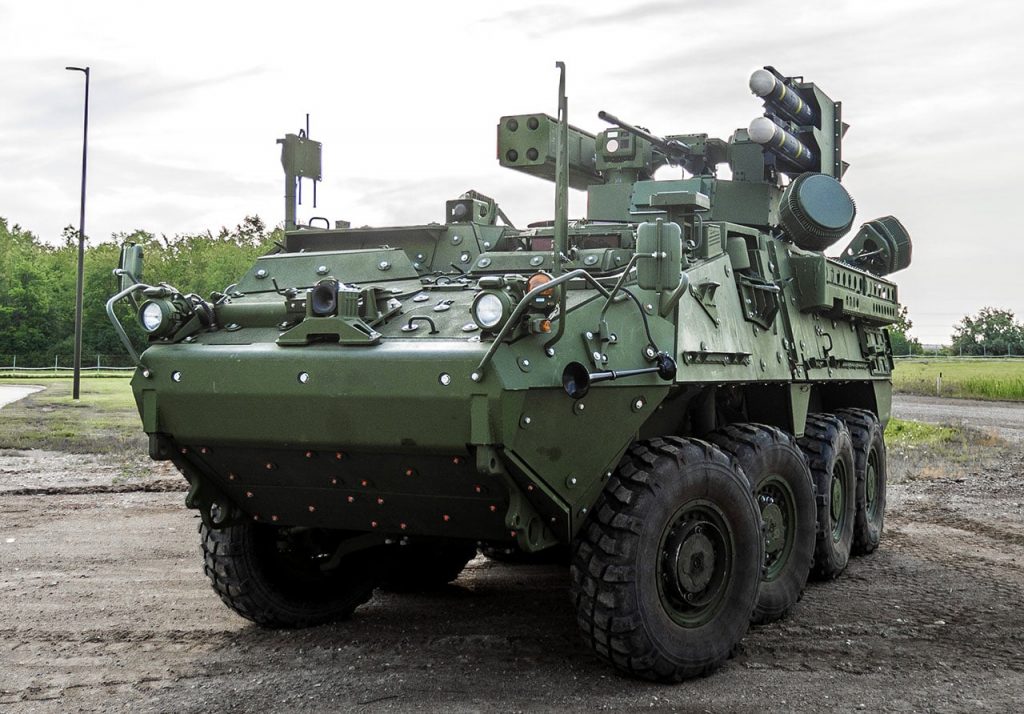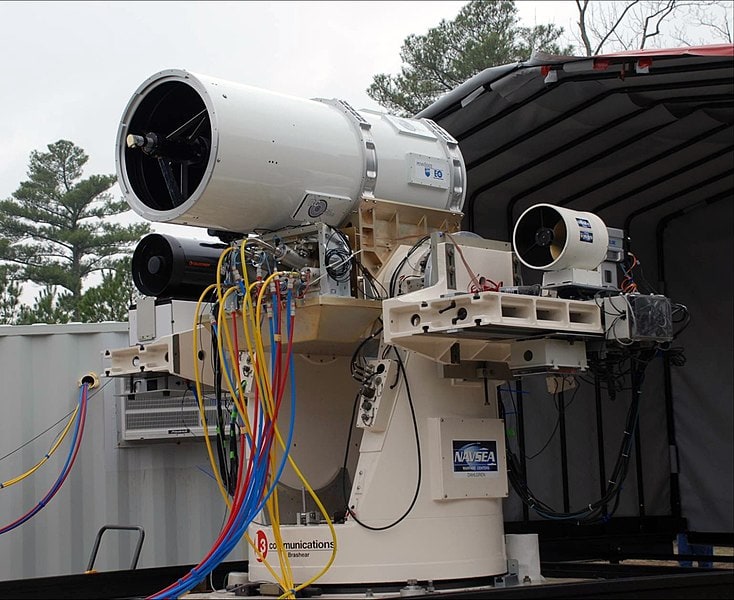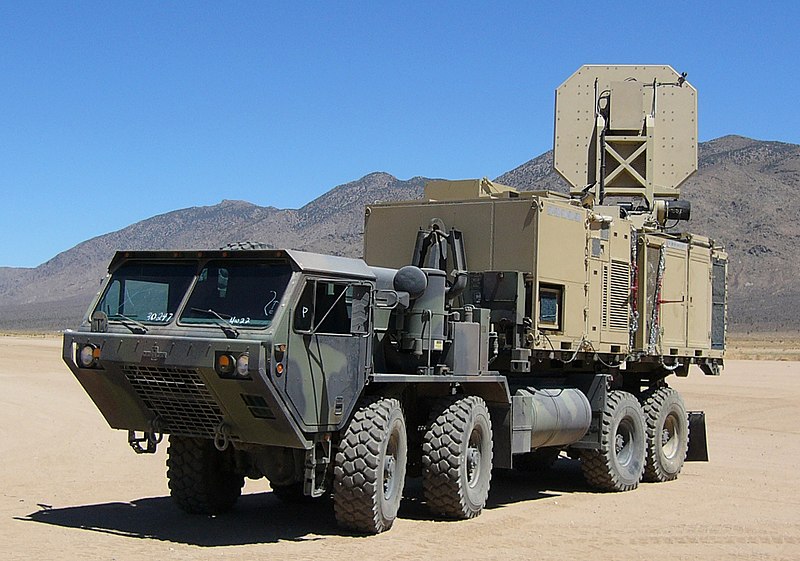Before new technology even becomes a concept, it often exists in the realm of science fiction or is simply unknown entirely. Experimental technology often evolves from a theory, to a credible concept, to a prototype and then finally to a real world creation. When one says the words “energy weapon”, one might think of lightsabers, plasma rifles, or any other myriad of sci-fi weapons that have yet to leave the realm of movie screens and imagination. While we are by no means arming our soldiers with the same armaments of an imperial Stormtrooper, energy weapons are not strictly science fiction anymore.
Make no mistake, energy weapons are not a standard weapon at all, they still exist at the periphery of both theoretical and practical battlefield application. However, developments in energy generation, micro-electronics and large national defense budgets have allowed the technology to make substantial gains. This comes in a few forms, including Directed-Energy Weapons (DEW), Active Denial Systems (ADS), sound weapons and other highly experimental devices.
Power to the Machine
A massive prerequisite to making energy weapons more usable and viable is, unsurprisingly, energy. In the 1950s, the advent of nuclear power gave rise to ideas that soon, society would be flooded with technology like flying cars and ray guns given the near infinite power mankind had tapped into. However the efficiency and resource requirements of these technologies is the main reason that this tech has only recently begun its journey into reality. In order to power and use energy weapons, an immense amount of power is required, making a system that can generate such amounts of power an essential component.
The most notable example of this is Shiva Star. Shiva is a large pulsed-power system developed by the Air Force Research Laboratory that stores nearly 10 million joules of energy. (Source) Since its inception in 1975, it has become more and more efficient in its power generation, leading to developments in not only theoretical pulse propulsion, but also energy weapons based on high energy plasma. (Source)

The Magnetically Accelerated Ring to Achieve Ultra-high Directed Energy and Radiation project, or MARAUDER, utilized the energy made by Shiva Star to power its tests. MARAUDER’s goal was to create a weapon that would compress toroids to high mass density, which would then be accelerated and used as a plasma projectile. (Source) The system yielded a number of successful tests, but since a project report in 1995, there has been no word as to the project’s status.
Energy weapons of today are noticeably smaller, yet still quite large. Their graduation from a reliance on experimental, building sized generators has led to them having a number of new applications and deployments.
Directed Energy Weapons
Of the energy weapons that exist today, directed energy weapons are perhaps the closest we have come to a real “laser cannon” or similar sci-fi weapons. These systems are large, bulky and require a substantial amount of power to operate, making the ways they deployed and used limited.
Directed energy weapons are made of multiple types of weapons, including laser, radio based, microwave and particle beams. As the U.S. Department of Defense outlines, these weapons can be used “primarily as a direct means to disable, damage or destroy adversary equipment, facilities, and personnel.” (Source) This more generally outlines what directed-energy weapons could be used for, and these systems have already been visibly used in the field. Laser and particle beam weapons in particular have seen consistent and even reliable usage in a number of theaters of war.
Lines in the Sky
There are a few different contemporary deployments and usages of direct energy weapons. The US has conducted some of the most extensive research and integration of these systems in its military, with usage in both the Army as well as the Navy.
The US Army has begun testing a prototype version of the M-SHORAD system, which provides aerial and munitions protection to mechanized ground divisions of the US Army. This version, the DE M-SHORAD, featured a directed energy weapon system designed to overload and destroy incoming smart ordnance, as well as destruction of UAVs in the field. (Source) Despite the tech still being in its relative infancy in the field, LTG L. Neil Thurgood, Director of the Hypersonic, Direct Energy, Space and Rapid Acquisition says “The technology we have today is ready. This is a gateway to the future” (Source)

Additional uses of such systems can be observed in a number of projects, including ones designed to guard military bases, protect forces in the field through other systems and even are being tested to guard planes from smart projectiles. (Source)
The usage of directed energy weapons to destroy aerial threats and protect personnel is perhaps even more common in the naval sphere. Due to directed energy weapons requiring such a substantial amount of power, they often rely on large tactical platforms to support them. Naval vessels are some of the largest possible weapons platforms, allowing direct energy weapons to have a special place amongst naval weapon systems. Lockheed Martin in particular has developed the HELIOS integrated weapon system, one that provides laser weapon capabilities to any ship it is mounted on. (Source) The HELIOS system can be used against UAVs, incoming projectiles (similar to a Phalanx system) as well as strikes on small surface craft.

These systems are also used outside the US military, and have been successfully used in a number of theaters. One of the most recent uses is by the Turkish military against a drone in Libya in 2019. The Chinese made Wing Loong II experienced critical failure after its central chassis was burned by a ground based direct energy weapon system and it crashed. (Source)
There are a number of other systems utilized around the world, including ones deployed by France, Russia and Turkey to name only a few. Though still in its infancy, direct energy weapons are very likely going to become increasingly common in developed militaries and in a range of theaters.
Active Denial Systems
Energy weapons are not limited just to lethal directed energy weapons; other less lethal, but somewhat more sinister systems exist as well. The Active Denial System, or ADS, is an innovation of energy weapons aimed at crowd control and combatant disabling rather than lethal solutions.
In 1997, the US military funded the Joint Non-Lethal Weapons Program, in an effort to provide non-lethal field solutions to their soldiers. (Source) Among the bean bags, tear gas and pepper spray emerged a system that would utilize energy to disable and control crowds. Since its inception, the ADS has undergone a few different iterations, but the general principle of the system is the same. An ADS generates a focused millimeter-wave radio frequency beam, which it directs from a large radio dish. (Source)

The effect of the Active Denial System is a unique one. According to testing records, volunteers in the ADS program describe the sensation of being hit by the ray as extreme heat, or like opening an oven door. (Source) The sensation is so uncomfortable that it causes an almost instant reaction to those hit by it. Other participants who have been hit by the device describe it as even more intense, like a “blast furnace” that overwhelms the target’s nervous system. (Source)
The science behind the system is disturbing yet effective. Because the waves the device is sending out don’t penetrate the skin past the top 1/64th layer of the dermis, it doesn’t cause permanent damage. (Source) Within this layer however, nerves are attacked directly and blood is heated, causing an extreme level of discomfort.
Ray Guns for Peace
The ADS is deployed primarily inside military bases in areas that may face civilian crowds and potential protests. The system allows crowds to be rapidly dispersed, without any lethal force being used. Studies on the system’s long term physiological effects surprisingly conclude that there are no lasting effects on a person’s body. (Source)
The system of course is not without its faults. It is noticeably less effective in rain, dust and snowing conditions. It also faces the notorious issue among energy weapons of energy demand. It is noted that many ADS, particularly ones deployed to military zones, can take a long time to get up and running, and cost a tremendous amount of power to operate. (Source)
Despite all these shortcomings, a device that can render an entire crowd completely disabled may seem a bit dystopian, but ultimately can save a lot of lives. An ADS can be deployed into a contentious combat zone or even in a domestic upheaval, and essentially remove the need for lethal force.
A New Era of Weapons
Energy weapons are a science fiction idea made reality. Directed energy weapons bring defense systems to land, air and naval forces to defend against ordnance, UAVs and even direct engagements with enemy forces. ADS has a wide range of life saving applications despite its painful method of disabling combatants.
We are a long way until soldiers are running into the field with E-11s or Ray Guns, but energy weapons are going to be an increasingly important component of many modern forces.

